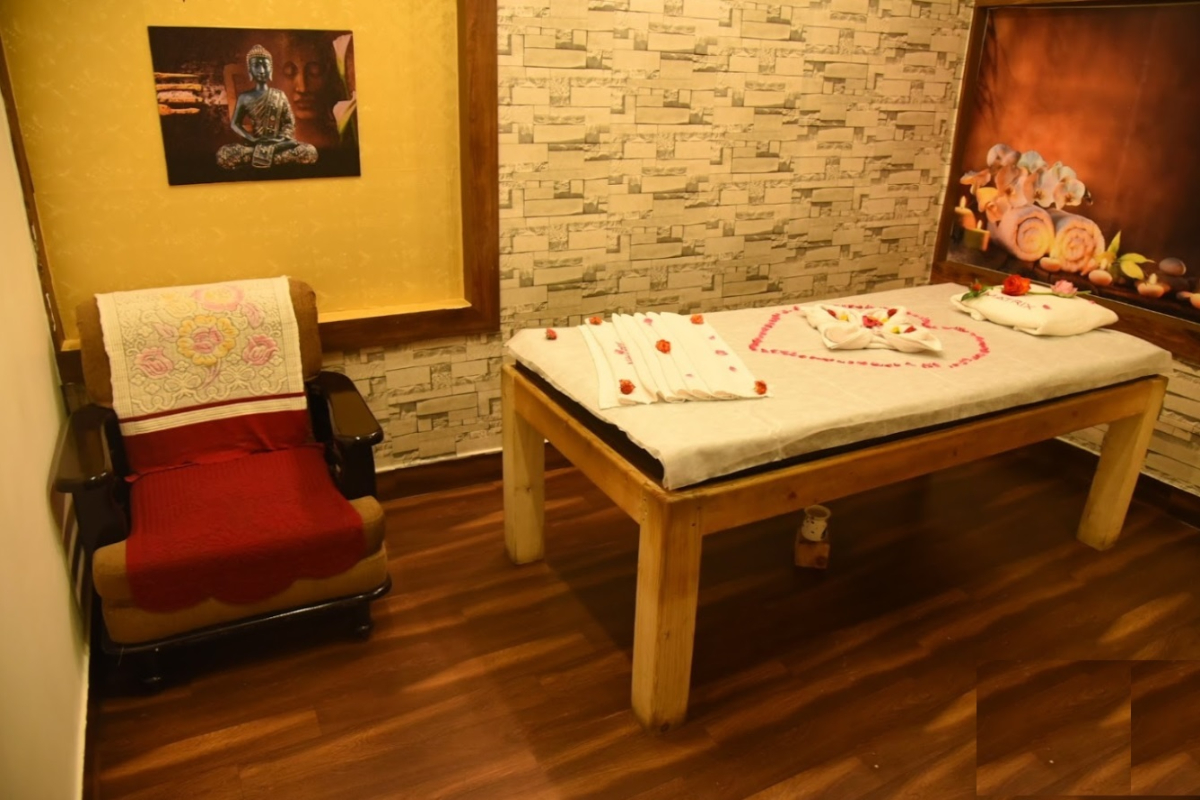
Thai Massage is a holistic therapy that encourages flexibility, relaxation and improved energy flow. It incorporates yoga stretching, acupressure as well as compression.
In general, clients feel extremely comfortable and relaxed after their session. However, it’s crucial to know how the body responds to the treatment. Consult a medical professional in the event that symptoms persist.
Flexible and easygoing
Joint mobility should be more than just flexibility. It relies on the size and alignment of joints’ bones and the health of the ligaments and tendon that join them. If the structures get tight it hinders in the circulation of energy that carries vital prana throughout the body. In turn, the reduced energy flow impacts the way you sit, your organ functions and balance.
Thai Massage is a full body massage that combines dynamic moves, stretching, manipulations and other techniques that increase flexibility and improve mobility. Practitioners can access areas that are difficult to reach using other types of massage.
Thai Massage helps reduce stress and tension. The rhythmic, soothing moves create a connection between the mind and body that allows the client to relax and let go. The relaxed state of mind can relieve chronic pain, including backaches and headaches.
The benefits of Thai massage
Thai Massage can be a highly effective treatment for many of the most ailments. It eases the back and neck pains, improves posture, reduces anxiety and depression. It also helps to energize the body, and increases blood circulation. Furthermore, it assists in combat fatigue and chronic fatigue as well in enhancing athletic performance.
Thai massages combine stretching acupressure, and energy work. The practitioner uses their hands to push, squeeze, and rock the person. The person is completely dressed and lies on an area mat.
According to an ancient Thai medical practices, there exist invisible energy lines that flow through the body, which is known as Sen. These energy lines are believed to circulate the vital life force throughout your best spa in Hoi An body. These lines are the source of power for all physical, mental and emotional processes. If the energy channels in these areas get blocked, this causes inflammation and diseases. Massaging along these key channels of energy breaks up energy blocks and stimulates the flow of healing energy. It also helps balance and balance the body’s yin and yang energy.
Thai Massage Techniques
Thai Massage, in addition in releasing tension on the body and stretching, it is also believed to help regulate the flow of energy. It operates on the premise that the body’s organs have invisible channels called Sen (similar as the method by which blood vessels transport essential nutrients through the body). The lines could become inaccessible and can cause illness.
This practice uses knuckles fingers, elbows and feet to rotate joints, stretch and aid with stretches. Practitioners also learn how to “palpate’ (touch) the body on the Sen lines. It is a method that is believed to help facilitate the flow of life force and maintain a healthy energetic balance.
Metta or Loving Kindness is said to be the foundation of the healing method that has been around for 2,500 years. The underlying philosophy behind every massage session is Metta, and it is apparent in every practitioner’s caring behavior. The massage therapists of Vitality Float Spa are trained to give massages in a a mindful presence which helps in promoting relaxation as well as a peace and tranquil mindset.
Thailand’s Origins and Philosophy
Thai Massage has a history that dates back 2500 years. It is a combination of Buddhist, Ayurvedic, and Indigenous Pagan Thai spiritual influences. It was taught mostly through word of mouth and was a holistic approach in which the mind, body, and spirit are all treated as one.
There is a belief that it was the source of Thai massage was founded by a physician from northern India who was Buddha’s personal doctor and was known as a variety of names in old Buddhist writings (such such as Jivaka Komarpaj, Shivago Komparaj). It is believed that this physician was the originator of many medicinal herbs and massage methods. He is also credited as Buddha’s personal physician.
The ancient method of healing is based on the notion that channels of energy, referred to as “sen” that appear invisible, are a part of our body. They’re very identical to Chinese meridians, or Indian nadis. The idea is that when these channels are unblock or stagnant an emotional or physical imbalance may occur.




